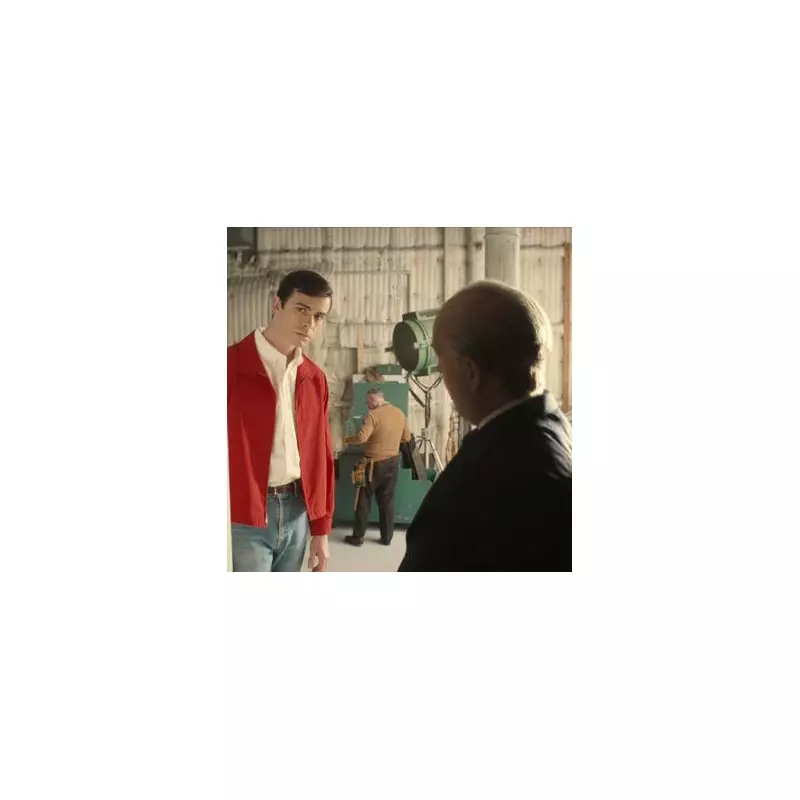
The shadow of one of America's most notorious serial killers looms large behind one of cinema's greatest psychological thrillers. Alfred Hitchcock's Psycho, a film that forever changed horror cinema, drew its most disturbing elements from the gruesome real-life crimes of Ed Gein.
The Wisconsin Butcher Who Inspired a Monster
Long before Anthony Perkins portrayed the troubled Norman Bates, Ed Gein was committing atrocities that would shock the nation. When police investigated his Wisconsin farmhouse in 1957, they discovered a house of horrors that seemed too terrible to be real.
The grim findings included:
- Human skin fashioned into household items
- A collection of human skulls
- A heart preserved in a box
- A mask made from a woman's face
- Leggings crafted from human skin
From True Crime to Silver Screen Terror
Robert Bloch's novel, which directly inspired Hitchcock's film, borrowed heavily from Gein's crimes. The author lived merely 35 miles from Gein's farm and followed the case with horrified fascination.
While Norman Bates became a fictional character, the parallels to Gein's relationship with his mother are unmistakable. Both shared an unnerving devotion to their deceased mothers, though Gein's crimes proved far more extensive and gruesome than his cinematic counterpart's.
Hitchcock's Masterful Adaptation
The legendary director transformed these disturbing real events into a psychological masterpiece that continues to terrify audiences decades later. The infamous shower scene, now etched into film history, represents just one of many moments where Hitchcock channeled the unsettling energy of Gein's crimes into cinematic gold.
What makes the connection even more compelling is how Hitchcock sanitised the truly horrific nature of Gein's actions while maintaining their psychological impact. The film explores similar themes of madness, maternal obsession, and fractured identity without depicting the full extent of Gein's necrophiliac practices.
A Lasting Legacy of Terror
The influence of Ed Gein's crimes extends far beyond Psycho. His story provided inspiration for multiple horror icons, including:
- Leatherface from The Texas Chainsaw Massacre
- Buffalo Bill from The Silence of the Lambs
- Countless other psychological thrillers
This remarkable case demonstrates how reality can sometimes produce horrors beyond what fiction dares to imagine. The enduring power of Psycho owes much to its grounding in the disturbing truth of human psychology gone terribly wrong.
Hitchcock's genius lay in recognising that the most terrifying monsters aren't supernatural creatures, but ordinary people whose minds have fractured in ways we can almost understand. In bringing Gein's story to the screen, he created not just a horror classic, but a lasting exploration of the darkness that can lurk behind the most normal facades.





